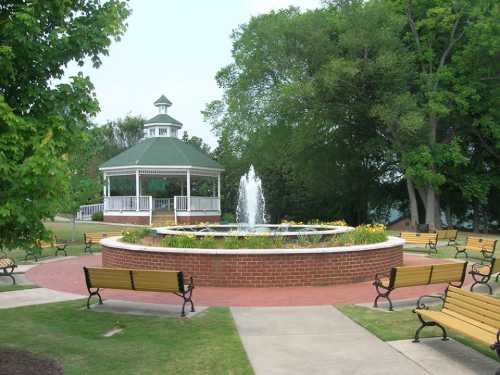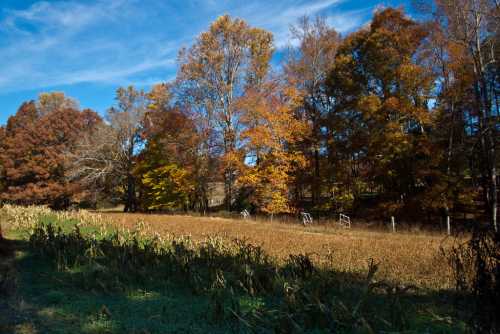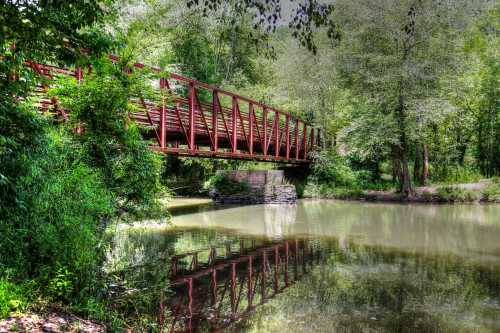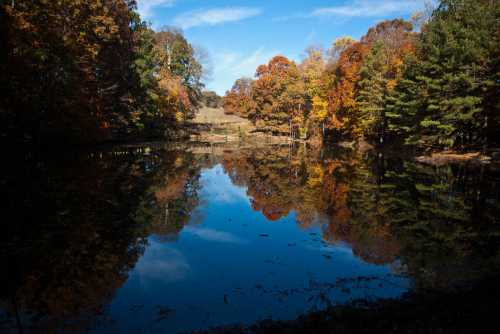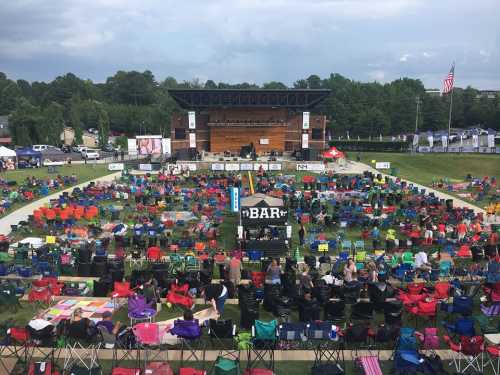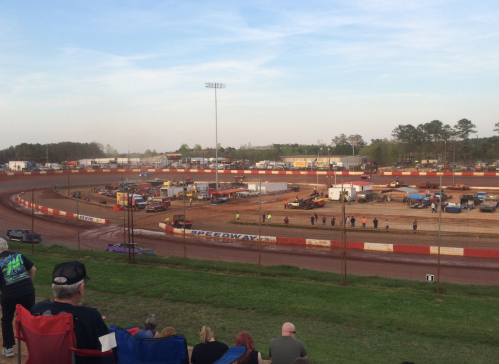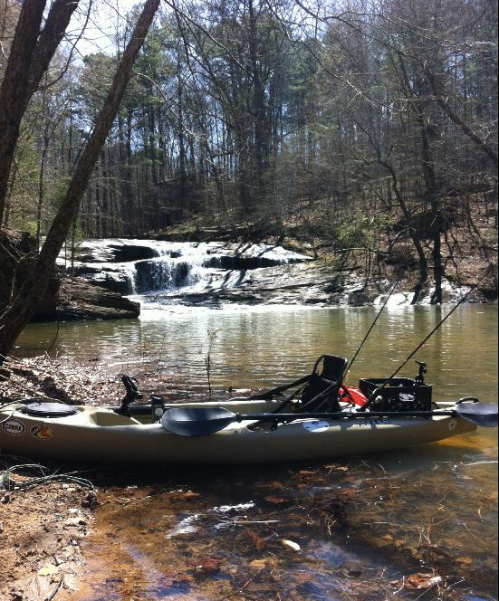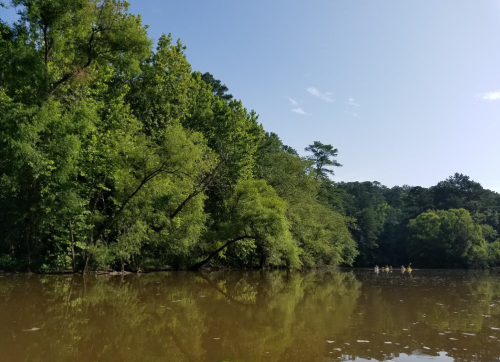You may be familiar with the towns in Georgia, but do you know the history behind them, or perhaps where they earned their town names? Good news: After this article, you'll be well-versed in the history of these fair towns and how they got their start in our fine state. Let's begin with...
1. Macon, Georgia
In the 18th-century, Creek Indians settled on the land that is now Macon, Georgia.This land was inhabited for more than 13,000 years by a variety of indigenous people before the Europeans arrived. However, the actual town of Macon was developed between 1806 and 1809, at the site of Fort Benjamin Hawkins, in order to protect the new frontier and start a trading post.
2. Marietta, Georgia
Although there is historical uncertainty regarding the origin of the name, some people think Marietta got its name from Mary Cobb, the wife of U.S. Senator and Superior Court judge Thomas Willis Cobb. Homes were originally built in Marietta by early settlers in 1833, and was officially recognized by the Georgia General Assembly in 1834. The original barn, milk house, smokehouse, and wellhouse that were built in 1838, still remain a part of the town’s history to this day.
3. Alpharetta, Georgia
The history of Alpharetta dates all the way back to the early 1800s, where settlers and pioneers set up shop in hopes to form a community of land ownership and fertile farmland. What began as a trading post ended up being a full-fledged community in 1858.
4. Augusta, Georgia
In 1735, Augusta, Georgia was founded as part of the British colony of the state under the supervision of James Oglethorpe. After Savannah, Augusta is the colony’s second established town, and to this day, is the second-largest city in the state.
5. Atlanta, Georgia
The history of Atlanta extends all the way back to 1836 when Georgia built a railroad to the midwest. The stake they drove into the ground marked the line’s terminus in 1837, and within a few short years, homes and stores began being built helping the settlement to grow. Eventually Atlanta became a huge rail hub, allowing people to travel throughout the United States.
6. Savannah, Georgia
The recorded history for the town of Savannah dates all the way back to 1733 as the first colonial and state capital. James Oglethorpe and the rest of the colonists on the ship "Anne", landed on the Yamacraw Bluff along the Savannah River. Eventually Oglethorpe named the 13th and final American colony, "Georgia", in honor of England’s Kind George II, and because of the friendship Oglethorpe formed with the Tomochici and Yamacraw Native Americans, Savannah was able to flourish without any sort of warfare.
7. Columbus, Georgia
The territory was originally inhabited by the Creek Indians, but soon was founded as a town in 1828 by an act of Georgia Legislature. It turns out the land was situated beautifully at the beginning of the navigable part of the Chattahoochee River. Because of this discovery, the town was named after Christopher Columbus.
8. Tybee Island, Georgia
Tybee Island has a pretty fascinating history. Many historians believe the name is derived from the Native American Euchee Indian word for "salt" which was one of many natural resources found on Tybee. It is said that the Spanish landed on Tybee in 1520, in search of riches. Lucas Vasquez de Ayllon laid claim to Tybee as part of Spain’s "La Florida" which extended from the Bahamas to Nova Scotia. However, in 1605 the French landed on Tybee in search of Sassafras roots, which were considered at that time to be a miracle cure. The Spanish and French ended up fighting over the town, in order to regain control over the area and sea.
9. Kennesaw, Georgia
In 1830, Kennesaw came to be. Georgia Legislature authorized the construction of a rail line through Cobb County, known as the Western and Atlantic Railroad. Workers shanties were built around the railroad, in part due to the abundance of resources as well as the high ground nearby. Within 20 years, a depot and eating house were erected for the travelling public.
10. Roswell, Georgia
In 1830, while on an adventure through northern Georgia, Roswell King passed through the area thinking it had amazing potential for a cotton mill right on Vickery Creek. King returned a few years later and built a mill that soon became the largest in north Georgia—Roswell Mill. Eventually, people filled the town, building mills, houses, apartments, and supporting buildings.
11. Valdosta, Georgia
In 1860, Valdosta was incorporated as the county government was moved from the nearby town of Troupeville. The Gulf and Atlantic Railroad was built a mere four miles away. Troupeville, which was now abandoned after the railroad was built, was named after Governor George Troup. Valdosta eventually earned its name from Troup’s estate, known as Val d’Osta.
12. Decatur, Georgia
Decatur was founded in 1822, at the intersection of two Native American trails: the Sandtown trail and the Shallowford, and was named after naval hero Stephen Decatur. An interesting trivia tidbit, the citizens of the town rejected the railroad proposal set by the Western Atlantic Railroad, because of the potential noise and pollution. The railroad wanted Decatur to be the southernmost stop on the line. That honor eventually went to Atlanta.
Did you know how some of these towns started? Or perhaps you have a bit of information that you'd like to share about the history of your town. We'd love to dish with you in the comments!
Subscribe to our newsletter
Get the latest updates and news
Thank you for subscribing!
























